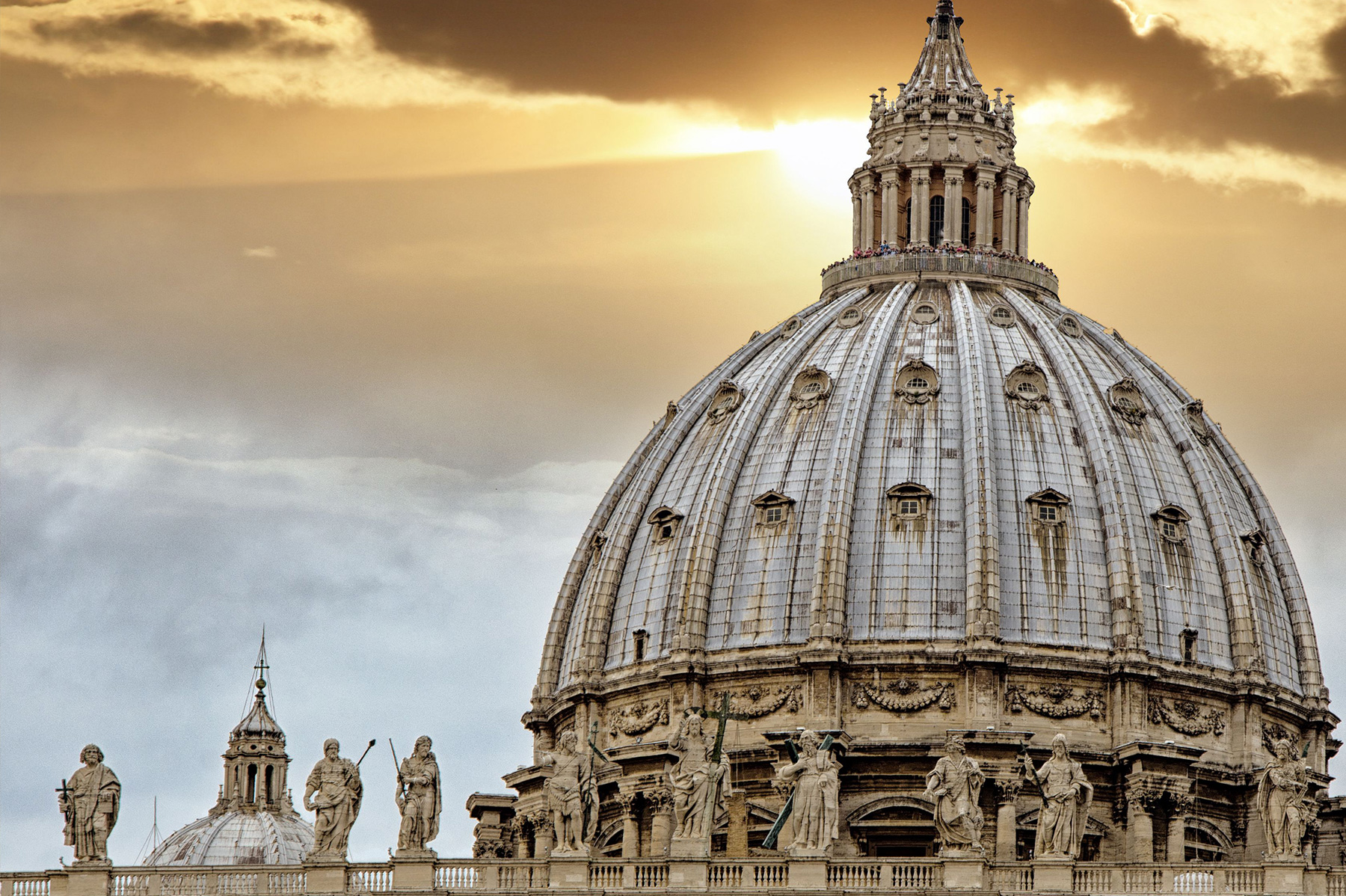
Mario Marega(September 30, 1902–January 30, 1978)
Mario Marega was born in Gorizia in Italy’s northeastern region of Fruili on September 30, 1902. After completing his secondary education in Vienna during World War I and undergoing religious training, he studied at the Valsalice Salesian High School in Turin. In 1924, he entered the Faculty of Theology at the Salesian Pontifical University, where he was ordained as a priest in 1927 and graduated in 1928 with a doctorate in theology.
In October 1929, he left the port of Venice, traveling via Kobe to arrive in Miyazaki, Japan, on December 16, where he taught at a seminary. In December 1931, he moved to the Ōita Church, where he published books in Japanese, including Shinkō no konpon (The Fundamentals of Faith; 1993) and Katorikku wa kotaeru (Catholics Respond), Volumes I and II (1933, 1934).
In 1933, he was involved in the establishment of Kaisei Kindergarten (Ōita City), and in April 1935, he became the priest in charge of the Ōita Church. In addition to his missionary and didactic work, in 1938, Marega published an Italian translation of the Kojiki (Records of Ancient Matters), presented to Pope Pius XI by Father Cimatti in the same year. He also collected and studied old documents related to Christians, culminating in the publication of Bungo Kirishitan Shiryō (Historical Documents Regarding Bungo Christians) in 1942. Moreover, he sought to discover historical Christian sites, and the results of these activities were reported in local and Catholic newspapers.
On July 16, 1945, during World War II, Ōita Church was burned down in an air raid, but Marega’s collection of old documents had already been forwarded to Miyazaki the year before and were thus undamaged. When Italy surrendered at the end of July, the Catholic priests were taken into custody and sent to Tochigi Onsen in Kumamoto Prefecture. Immediately after the war, Marega worked on Zoku Bungo Kirishitan Shiryō, a second volume of historical documents related to Christians in Bungo, published in 1946.
In 1947, Marega returned to Italy, evangelizing in Palermo, Sicily, at which time he held an exhibition of Japanese historical documents. The following year, he had an audience with Pope Pius XII.
In 1948, he was ordered to return to Japan; he traveled to Tokyo via the United States and was assigned to the Ōita Church. He moved to the Himon’ya Church in Tokyo around 1949 and became a teacher at the Salesio Seminary in Chōfu in 1950 and at the Salesian Junior College in 1951. In 1953, he donated the drafts that he had used to publish his collections of historical documents along with other materials to the Vatican Library.
From 1953 to 1958, he worked at the Usuki Church in Ōita Prefecture and returned to Himon’ya, Tokyo, in 1959. In 1963, he became a full-time professor at Seibi Gakuen College in Akabane, Tokyo, which was administered by Salesian nuns, where he continued his research on Christianity, Buddhism, and philosophy in Japan. During this period, he published Ochiboshū (in Italian, “Oci-bo-sciu”) in 1961 and Kirishitan Eiyū Tachi (in Italian, “Japanese Christian Heroes”) in 1968.
In March 1962, he was awarded the Order of Merit of the Italian Republic at the Italian Embassy in Tokyo. He also sought to engage with other scholars, participating in events such as the International Conference of Eastern Studies.
He returned to Italy in 1974 and passed away in Brescia, Lombardy, on January 30, 1978. (For details, see related articles in The Marega Collection in the Vatican Library: A Comprehensive Study.)
